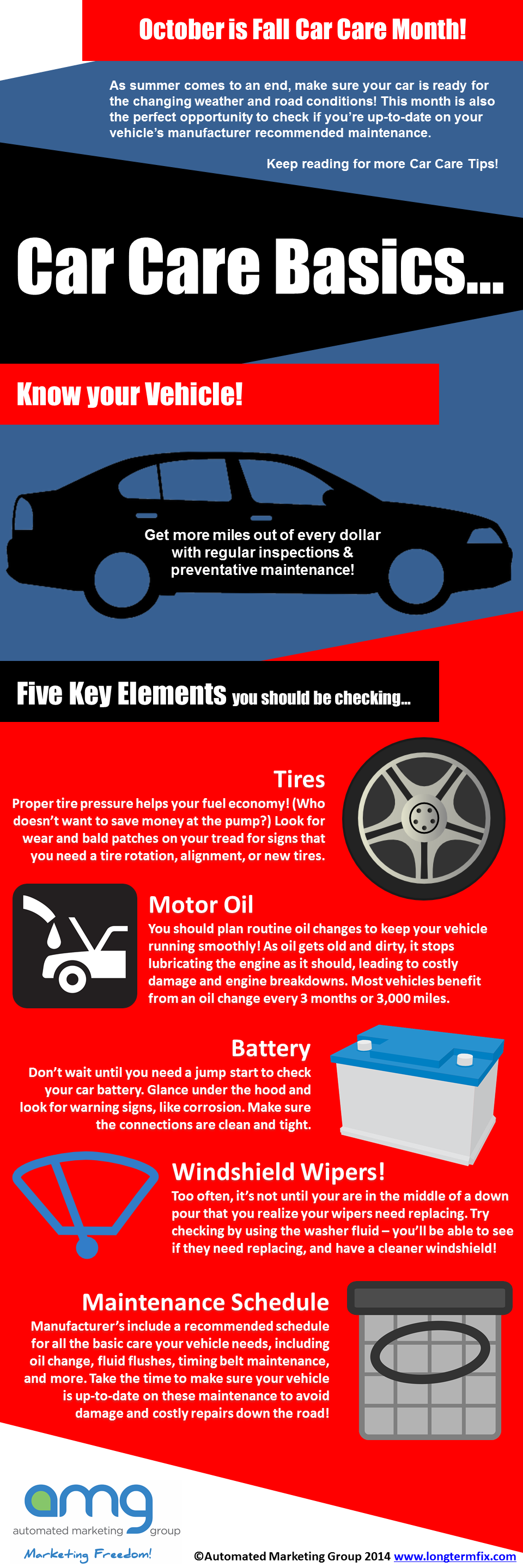Yet What's The Fix For Spongy Brake Pedals? Reveal The Remedy Listed Below!
Yet What's The Fix For Spongy Brake Pedals? Reveal The Remedy Listed Below!
Blog Article
Material Writer-Erickson Herring
When it pertains to your car's brake system, comprehending typical concerns can save you from possible safety and security threats. From recognizing brake pad wear to dealing with brake liquid leakages, understanding exactly how to tackle these problems is important. Yet what concerning those spongy brake pedals? There's a solution for that as well. Stay tuned to read more regarding these issues and the practical services that can maintain you securely on the road.
Brake Pad Use and Substitute
When it comes to preserving your vehicle's brake system, one critical aspect to keep an eye on is the wear and substitute of brake pads. Brake pads are necessary components that push against the brake rotors to slow down or quit your automobile. In time, these pads wear down as a result of rubbing, needing normal assessment and replacement to guarantee your brakes operate properly.
To establish if your brake pads require substitute, listen for shrilling or grinding sounds when you apply the brakes. Additionally, if your lorry takes longer to quit or you observe resonances or pulsations when stopping, it might be time to replace the brake pads.
Disregarding worn brake pads can bring about lowered braking efficiency, damages to various other brake elements, or even brake failure.
Replacing brake pads is a fairly simple process for numerous vehicles. Nevertheless, if you're unclear or awkward performing this task, it's ideal to seek advice from an expert technician to guarantee correct installation and optimal brake performance.
Regularly checking and replacing brake pads is important for your security and the longevity of your vehicle's stopping system.
Brake Liquid Leaks and Maintenance
To guarantee your vehicle's brake system operates efficiently, it is necessary to likewise take notice of brake liquid leaks and maintenance. Brake liquid is crucial for transferring the force from your foot on the brake pedal to the real braking device. One common issue with brake liquid is leaks, which can take place because of tatty brake lines, seals, or connections. If you notice a pool or trickles under your car, it's important to attend to the leakage immediately to prevent a possible brake failure.
On a regular basis examining your brake fluid level is vital to preserving your brake system. Low brake liquid can bring about air getting in the brake lines, which endangers stopping efficiency.
Furthermore, https://oil-change-deals-near-me62839.blog5star.com/31615478/how-to-select-the-very-best-vehicle-repair-shop-near-you-10-secret-referrals or infected brake fluid can influence the general performance of your brakes. It's recommended to follow the supplier's guidelines on when to alter the brake fluid, normally every 2 years.
Spongy Brake Pedal: Bleeding Brakes
If you've ever experienced a squishy brake pedal while driving, you understand the value of maintaining a firm and receptive stopping system. https://www.autobodynews.com/index.php/southeastern/item/26316-several-memphis-tn-auto-repair-shops-not-taking-any-more-cars-until-august.html of a spongy brake pedal is air caught in the brake lines. When air enters the brake system, it can bring about a loss of hydraulic stress, leading to that distressing spongy feeling when you push the brake pedal.
To resolve this problem, bleeding the brakes is necessary. Hemorrhaging the brakes entails eliminating the air from the brake lines to bring back appropriate hydraulic pressure.
To bleed the brakes, you'll need an assistant to aid you. Start by locating the brake bleeder shutoff on each wheel, commonly found near the brake caliper. With a wrench, loosen up the shutoff and have your assistant press the brake pedal while you observe any kind of air bubbles appearing. Repeat this process for each wheel, starting from the wheel farthest from the master cylinder and moving closer.
As soon as you no longer see air bubbles and just clear fluid arises, tighten the shutoff and top up the brake liquid tank as needed. Bleeding the brakes helps make certain a company brake pedal and improves overall stopping efficiency.
Final thought
Now that you understand typical brake problems and how to repair them, you can guarantee your car's security and efficiency. Bear in mind to listen for warning signs like shrilling sounds or squishy brake pedals, and address them without delay. Regular upkeep and timely substitutes are vital to keeping your brakes in leading condition. Keep proactive and conscientious to your brake system to enjoy secure and reputable driving experiences.
